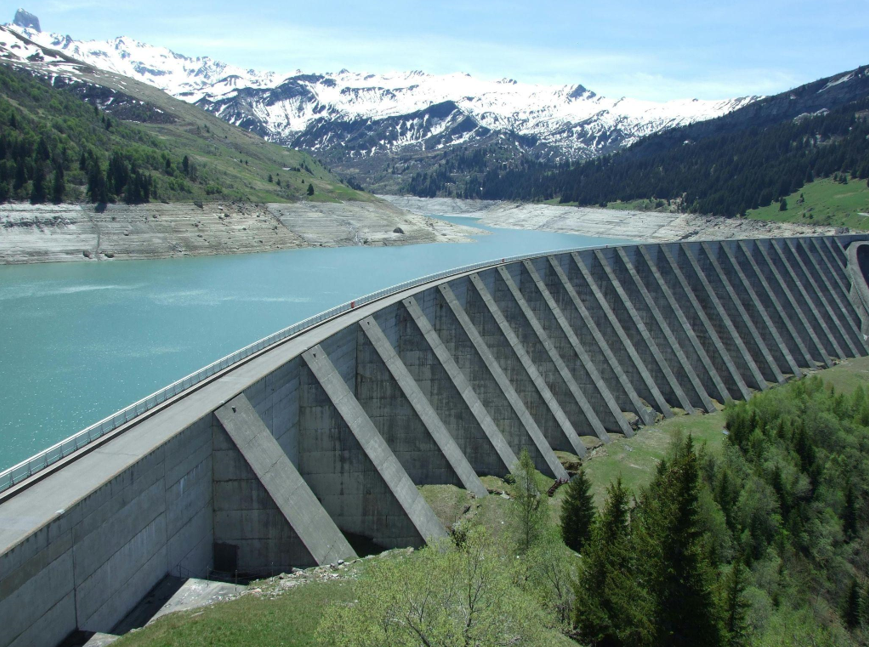As renewable energy continues to become more popular, businesses and organizations are increasingly turning towards Power Purchase Agreements (PPAs) as a way to access clean, affordable energy.
What is a PPA?
A Power Purchase Agreement (PPA) is a legally binding contract between an electricity generator and a purchaser of electricity, such as an electric utility or other large energy user. The agreement defines how much power the generator will produce, at what price it will be sold to the buyer, and for how long. In essence, PPAs are used by generators to secure financing for renewable energy projects while providing buyers with reliable sources of clean energy over extended periods of time.
What are the benefits of a PPA?
Power Purchase Agreements offer numerous advantages that make them attractive options for companies seeking reliable sources of clean power at competitive rates.
1. PPAs are a way to shift risk onto the buyer
PPA and guarantees buyers access to energy produced from renewable projects at fixed or index-based prices. PPA contracts are used within an unregulated environment and typically under the supervision of an Electricity Regulator.
Local government power purchase agreements (PPAs) can be an excellent way to lower electricity costs and further sustainability initiatives in a community. However, such contracts should not be seen as risk-free; they must be carefully evaluated.
It is vitally important that parties involved understand both its risks and benefits – for instance how it is structured and any potential impact from market conditions on its financial performance before signing any PPA agreement.
PPA structures play a large role in their risk and sensitivity to electricity prices. Some contracts include caps on how much energy a developer can sell to customers at one time, which helps limit any potential loss when prices increase; others employ an index-based pricing mechanism that links directly with market data allowing buyers to manage risk more effectively.
Guaranteed availability should also be a major consideration of the contract, meaning the percentage of energy that’s expected at COD and how its treatment should change in case of underperformance by developers. Ideally, contracts should be written to minimize financial exposure while being reviewed by an experienced energy accountant to ensure accurate treatment.
Large corporate buyers are increasingly seeking to reduce their carbon footprint and transition their energy consumption away from fossil fuels and towards renewables, setting 100% clean energy goals in some cases. You can visit this site to learn more about your carbon footprint.
Utilities that offer renewable energy procurement options to these corporate buyers will more likely keep their existing load and attract new business while helping their customers meet sustainability goals faster and reduce electricity costs more quickly.

2. PPAs are a way to mitigate risk
PPAs offer buyers and sellers alike a way to protect themselves against risk, helping to steady energy prices over the long term while offering some degree of assurance for long-term contracts
Unfortunately, however, they don’t protect fully against market risks; therefore businesses may require assistance in negotiating them carefully with an expert advisor guiding the complex negotiation process for PPAs.
Given its geographic and technological components, PPA prices can be affected by various power market scenarios. Therefore, potential off-takers must familiarize themselves with and run financial models on various future electricity market scenarios to make more informed and effective decisions.
Electricity prices are one of the main contributors to the economic viability of renewable projects, so to mitigate that risk it is best to negotiate a Power Purchase Agreement at a fixed price for its duration – this can be accomplished using market, operational, and transmission risk mitigating techniques. In order to do this, it is necessary for consumers to sammeligne rates between different companies. This can help them negotiate the best terms.
Risk mitigation through hedging can also be achieved, typically by purchasing or selling electricity on the spot market, or through derivative products like swaps. Unfortunately, however, this method can be costly and introduce additional counterparty credit risk.
One form of risk mitigation lies within the PPA structure itself. Allocation of risk between off-taker and project developer can have a dramatic effect on its financial structure; pay-as-produced structures typically assign these risks to different parties based on which generation type they involve; however, baseload-type arrangements typically allocate them according to project development types involved.

3. PPAs are a way to shift risk onto the producer
PPAs enable buyers to purchase part of a project’s future energy generation over an extended period (typically 3-30 years), providing corporate off-takers with an excellent way of mitigating risk and diversifying electricity supplies while also benefiting from accessing clean, competitively priced energy that can be linked back to specific projects.
However, it is essential to keep in mind that power markets can be highly unpredictable; prices can change every five to 30 minutes and so any power purchase agreement (PPA) contract needs to be carefully negotiated and managed in order to shift risk for both parties – for instance, location, technology, and structure can impact how much risk is transferred onto buyers. You can click the link: https://www.eesi.org/topics/water-hydropower-wave-power/description to learn more about the technology of hydropower.
Virtual Power Purchase Agreements, commonly referred to as VPPAs, have become an increasingly popular way for buyers to transfer risk back onto producers. A contractual arrangement that allows buyers to buy power from renewable projects without taking on physical assets associated with them helps reduce uncertainty regarding future wholesale market prices and mitigate risk from these projects.
VPPAs can be structured in various ways to transfer risk from the buyer, developer, or intermediary to the purchaser or another party. They can be fixed or index-linked; their prices can either increase or decrease over time. Furthermore, these agreements can include additional risk-transfer mechanisms like caps or collars.
Although these strategies reduce project risks, they may not always be appropriate for all companies. It all depends on a company’s energy needs and risk profile – for instance, a firm with low consumption might opt for collar pricing instead of price floors; an alternative would be using hub-settled VPPA which transfers risk away from node markets onto grid markets.
4. PPAs are a way to shift risk onto the grid
PPAs offer cities a way to reduce costs and mitigate risks in an age of unpredictable electricity prices, providing energy users with a steady, renewable source of power that reduces price volatility on wholesale markets and is competitively priced; PPAs also help support local renewable generation efforts and can act as an anchor against fossil fuel reliance.
PPAs can be an invaluable tool for local governments looking to reduce electricity spending and emissions. Not only will PPAs bring financial benefits, but they can also leverage their purchasing power to encourage investment in renewable projects while creating relationships with local developers.
A physical plant PPA allows the city to brand the electricity as coming from a particular renewable source – giving companies with a green image the chance to market this feature to potential clients.
Conclusion
Overall, Power Purchase Agreements offer both buyers and sellers alike numerous benefits including stable pricing models, reduced emissions levels through increased use of renewable resources, improved grid reliability & security – all while helping move us closer towards achieving our collective climate goals!



